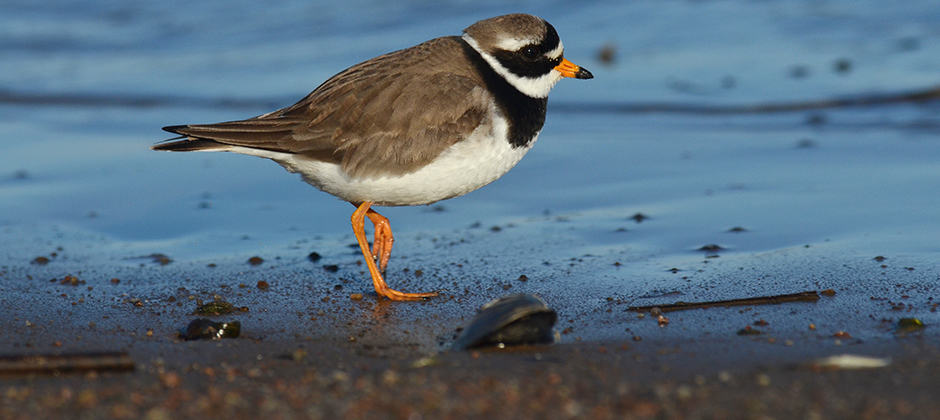Share this article
Species abundant on indigenous lands
As a team of researchers looked at biodiversity on lands in British Columbia, they found species diversity was particularly high on First Nations lands. That led them to wonder, do similar trends hold true for biodiversity in other parts of the world?
“What about expanding to other countries that are a large size with different geopolitical aspects?” said Richard Schuster, a postdoctoral fellow at Carleton University and lead author of a recent study published in Environmental Science & Policy. “That’s why we then decided to extend it to South America and Australia.”
In those regions, too, he and his team found, biodiversity was highest on lands managed by Indigenous peoples — higher even than protected lands.
“On average, in each of the Indigenous managed lands, they have as many or sometimes slightly more species than protected areas have,” he said.
Looking at Canada, Australia and Brazil, Schuster and his colleagues measured the number of species in Indigenous areas and compared those lands to internationally recognized protected areas and random unprotected areas. The size distribution was about the same between the three different land types.
Across the three countries, Schuster and his team found the same trends. Protected areas had substantially more wildlife than unprotected areas, and lands managed by indigenous peoples tended to have even more.
For Schuster, the findings suggest that collaborating and consulting with indigenous groups could help countries meet international treaty goals for habitat protection and biodiversity. Canada is working in that direction, he said, with initiatives like the Indigenous Circle of Experts, which was formed to meet 2020 conservation goals.
By scaling up the study, he hopes to see if the same trends hold true around the world.
“Globally, about a quarter of the land area is actually managed by indigenous peoples,” he said. “This means it’s a huge part of the land base we have.”
Header Image: More than 50% of the ringed plover (Charadrius hiaticula) distribution in Canada falls within indigenous managed lands. Research shows those lands have higher biodiversity than protected areas and random plots of land. ©Ekaterina Chernetsova (Papchinskaya)








